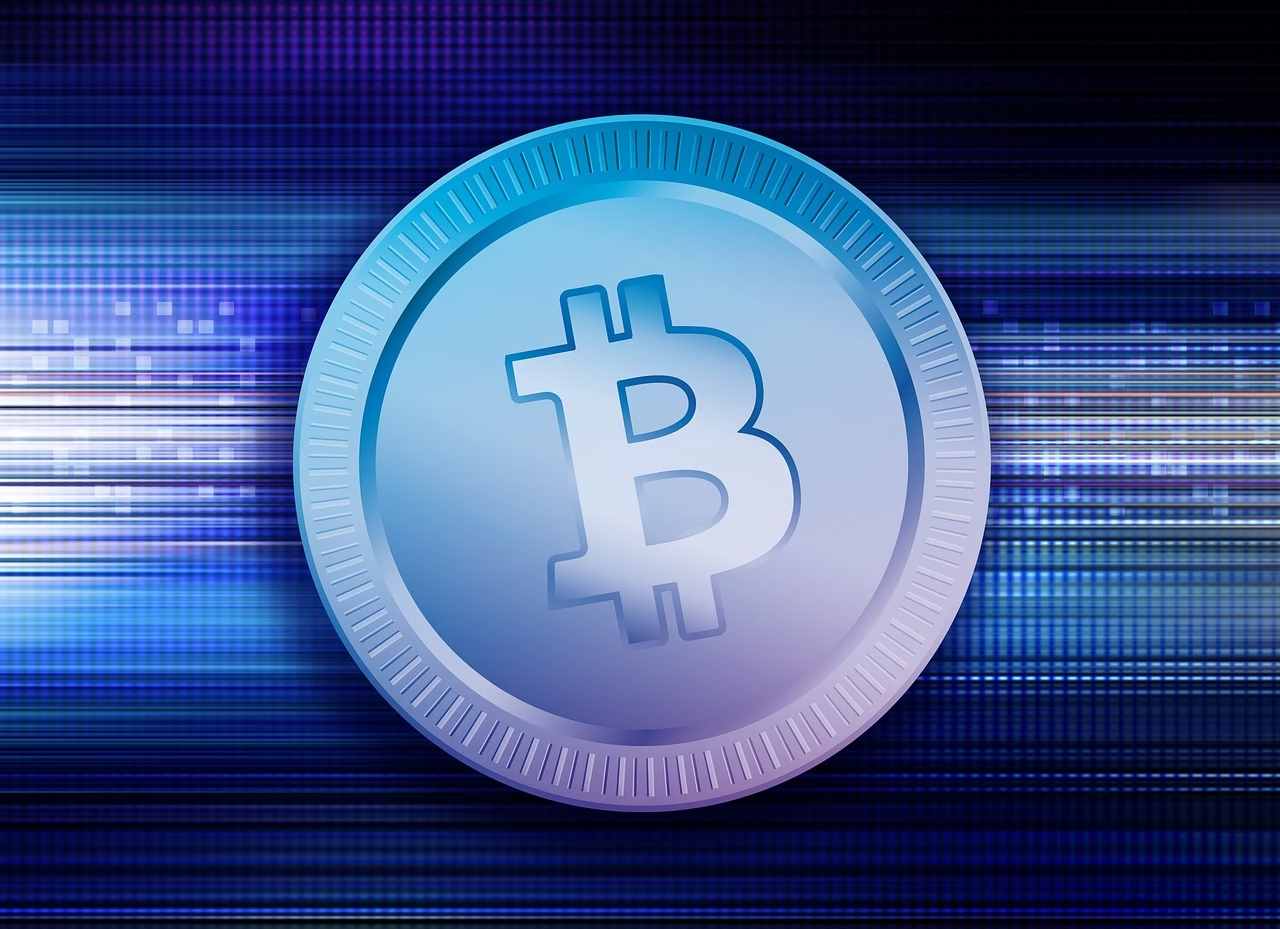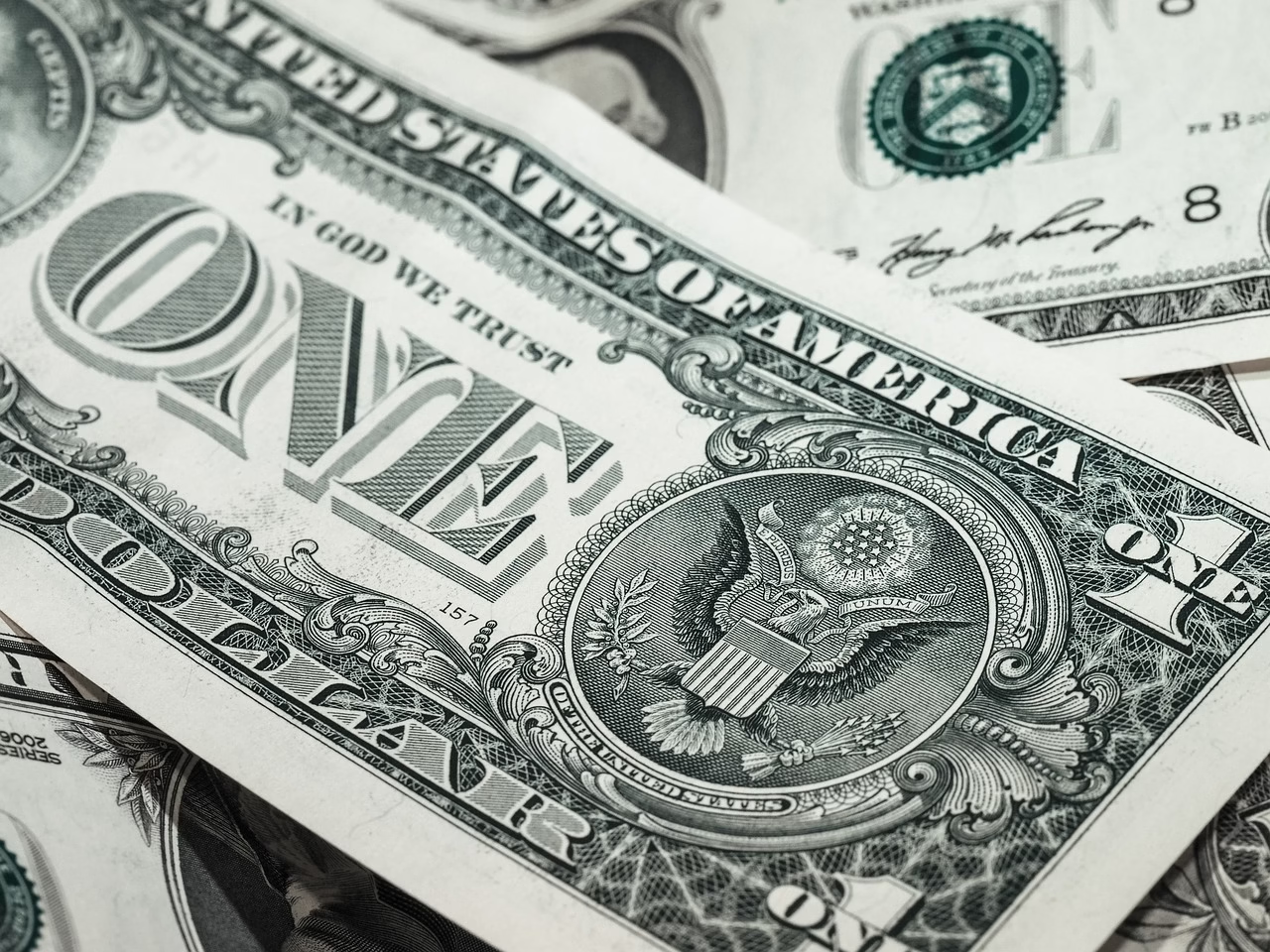“Tokenized Real-World Assets: Bridging Traditional Finance a
June 17, 2025 | by Sophia Vance

Tokenized Real-World Assets: Bridging Traditional Finance and Blockchain Innovation
If there’s a single, seismic shift happening on the border between traditional markets and the wild world of blockchain, it’s the emergence of tokenized real-world assets (RWAs). Forget the hype cycles about dog coins and speculative NFTs — tokenized RWAs are where big capital, deep regulation, and sharp efficiency converge. Their growth isn’t just a headline; it’s a fundamental change to how we’ll think about ownership, liquidity, and access in the next decade.
What Are Tokenized Real-World Assets?
In the cleanest sense: Tokenization is about converting ownership of tangible things — real estate, art, commodities, even private equity — into digital tokens secured on a blockchain. Each token represents a fractional (or complete) interest in the underlying asset. These tokens can be traded, tracked, and transacted 24/7, bypassing the snail’s pace and exclusivity of old-world finance.
Imagine owning a $10 share in a Manhattan apartment building or a sliver of a Picasso, all from a simple digital wallet. That’s the pulse of tokenized RWAs — real, valuable, tradable at the speed of code.
Why Is This Trend Exploding Now?
- Blockchain Maturation: Ethereum, Polygon, Avalanche — blockchain infrastructure is now scalable and battle-tested for real capital, not just crypto-native assets.
- Regulatory Clarity: Jurisdictions from Dubai to Switzerland are defining digital asset frameworks, giving institutions the green light.
- Institutional Entry: From BlackRock to Securitize, major finance powerhouses are building platforms or funds anchored on RWA tokenization.
- Demand for Yield & Access: Global investors are starving for new income streams and ways to diversify, especially amid uncertain economies and inflationary pressures.
Numbers Don’t Lie: Growth in Tokenized Assets
Market data speaks louder than any narrative. As of Q2 2024, the value of tokenized government bonds, real estate, and private credit surpassed $8.5 billion, up from less than $500 million just 20 months prior. BlackRock’s BUIDL tokenized money market fund alone attracted more than $450 million in under three months of launch, outpacing legacy products.
And this is merely the starting point. McKinsey estimates the tokenized asset industry could hit $10 trillion by 2030. The logic is simple: Move anything valuable onto a blockchain, strip out paperwork, cut intermediaries, and make everything tradeable, instantly, at global scale.
How Tokenization Is Reshaping Investment
1. Liquidity for the Illiquid
Take commercial real estate. Traditionally, to own a part, you needed millions or had to ride with a slow, opaque REIT. With tokenization, individuals can buy, sell or collateralize fractions, unlocking value that was stuck behind legal walls. Liquidity in markets that rarely traded hands is the silent revolution.
2. Fractional & Borderless Ownership
Previously, access to private credit funds or luxury assets was limited to accredited investors and insiders. Tokenization digitizes and democratizes these gates. Cross-border investment becomes frictionless; KYC and compliance are baked into smart contracts rather than endless forms and signatories.
3. Programmable Finance
The biggest unlock is programmability — the ability to embed rules, compliance, and payout logic right into the asset. Imagine art royalties executed automatically on each trade, or interest paid daily on tokenized treasuries. No more trust games between counterparties; code enforces the deal.
The Challenges: Legal, Technical, and Social
Even as the sector races forward, hurdles remain. Tokenizing an asset doesn’t magically resolve legal custody, dispute arbitration, or regulatory oversight. There’s ongoing tension between “code is law” and actual law. If a court rules the owner of a token doesn’t have claim on the underlying asset, the stack topples.
Technical obstacles are also real: Interoperability between blockchains, secure digital identity, and robust oracle systems to connect off-chain and on-chain data are areas with plenty of unfinished business.
My Perspective: The Inevitability of Tokenized RWAs
Having spent years parsing market data and talking to innovators and skeptics alike, my conviction in tokenized RWAs has only strengthened. This isn’t speculative fantasy; it’s a capital markets overhaul already in motion. The efficiency gains are simply too large, the global appetite too strong, and the technology curve irreversible.
Look for the next decade to be shaped by blended portfolios: traditional stocks and bonds sitting alongside fractionalized, blockchain-native representations of everything from office towers to fine wines. The future is undeniably programmable, accessible, and frictionless — once you’ve tasted this level of transparency and velocity, there’s no going back.

RELATED POSTS
View all



